Search
Looking for something in particular? Search for it here.
Looking for something in particular? Search for it here.
By the 1910s more dealers were selling cars and more people were driving. Roads were improved, gas stations were opened, and auto mechanics stepped up to make repairs. How we got to work and where we worked changed dramatically.
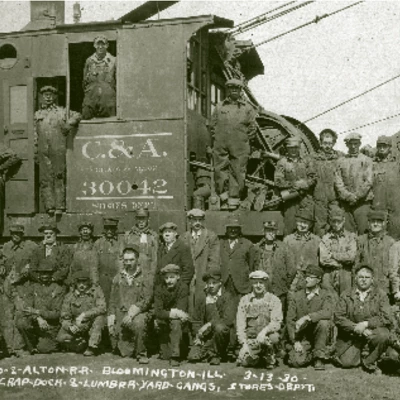
Despite the rising popularity of auto travel, rail transportation remained prominent. Laborers and skilled crafts workers at McLean County's largest employer, the Chicago & Alton Railroad shops, were still needed. By the 1910s, more dealers were selling cars and more people were driving. Gas stations opened, roads were improved, and auto mechanics stepped up to make repairs. How we got to work and where we worked changed dramatically.
Featuring:
Carl Samuels, (1906 – 2005), African American, C&A scrap laborer
John Whittington, (1865 – 1941), C&A painter
Joseph D. Penn, (1898 – 1987), C&A superintendent
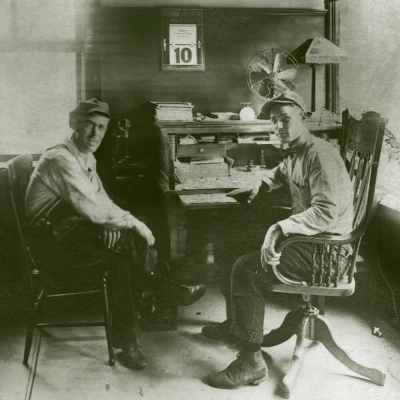
Bloomington residents began to electrify their homes in the late 1880s. But rural McLean County residents had to wait.
Featuring:
Walter R. Steward, (1892 – 1960), electric lineman and manager

Automotive travel created a demand for better roads, as rural dirt roads could not withstand the increased use. Road maintenance and construction jobs increased.
Featuring:
Louis J. Schultze, (1882 – 1942), road oiler
Clarence Rowe, (1874 – 1929), construction
Travel by automobile and truck meant the demise of jobs that utilized horses. McLean County needed workers for auto sales and service.

As automobiles gained popularity, the number of car dealers grew. But dealers needed capital in ordered to invest in such a business. Often these were individuals who were already successful business owners. Air travel took off in McLean County as early as the mid-1930s, but was mostly limited to charter flights until well after World War II.
Featuring:
Charles Urban “C.U.” Williams, (1867 – 1953), photographer and car salesman
Art F. Carnahan, (1903 – 1974), mechanic and pilot
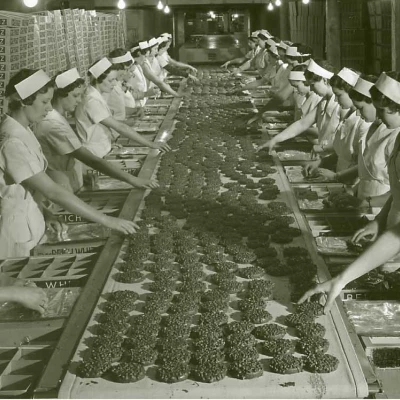
Many business owners continued to use the railroad to ship their products. But the trucking of goods meant products to regional and national markets.
Featuring:
Dora Giese, (1919 – 1983), Beich candy worker
Arthur Johnson, (1901 – 1952), washing machine assembly worker
Roy Yanney, (1896 – 1969), Williams Oil-O-Matic factory worker
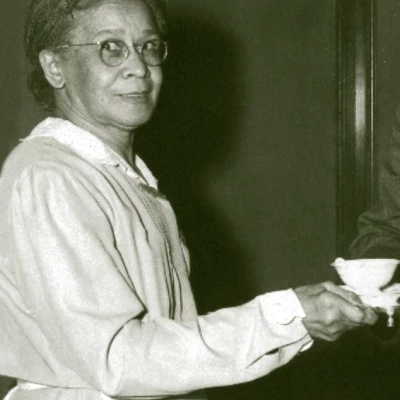
Before the 1950s working as a domestic servant was one of the few jobs available to African American women.
Featuring:
Alverta Duff, (1885 – 1968), African American, housekeeper and nanny
Albin B. Kron, (1890 – 1958), mail delivery person
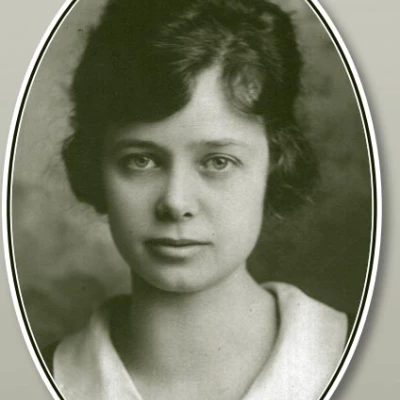
Telephone operators were first employed in 1874, when Bloomington business lines were installed. As the technology improved and expanded into private homes, the need for operators grew.
Featuring:
Marguerite (1896-1958) and Geraldine “Gerry” McKeon (1895-1975), telephone operators
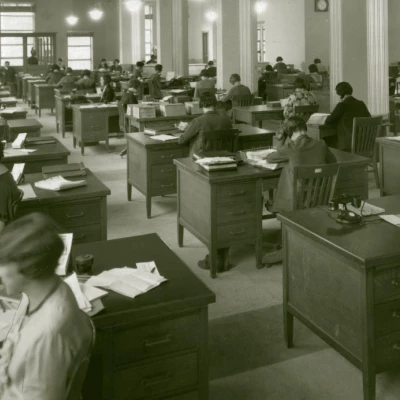
The insurance industry grew rapidly in McLean County, providing many jobs for salesmen, clerks, secretaries, and more.
Featuring:
Marie Iery Huffman, (1914 – 2001), system analyst at State Farm
George Jacob “GJ” Mecherle, (1877 – 1951), founder of State Farm